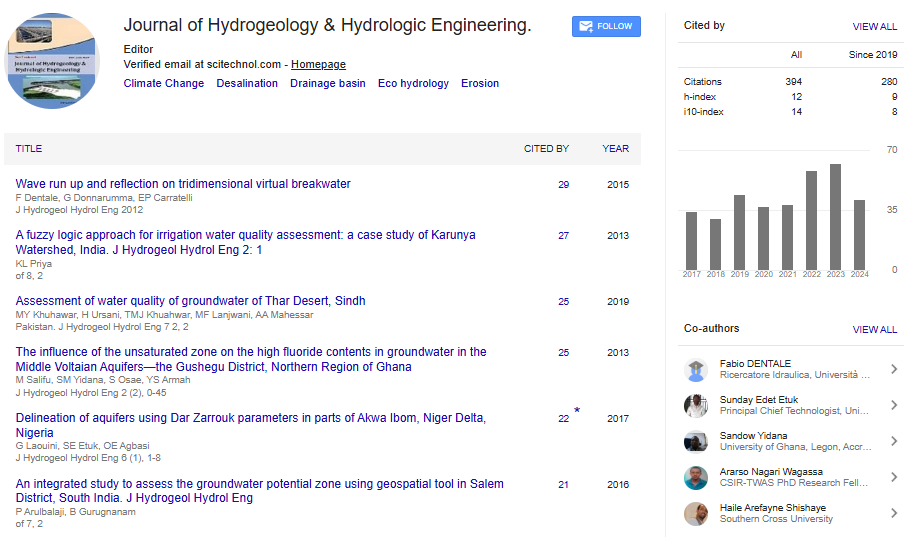Assessment of Data Analysis Practices in Debris Flow Modeling
Assessment of Data Analysis Practices in Debris Flow Modeling
Debris flows can seriously damage infrastructure and potentially be responsible for the loss of life. Accurate estimates of debris volumes are necessary to design debris basins. The design accuracy of debris basins is currently limited by practices used in collecting data and then in the use of the data for model development. The goal of this research was to assess two current practices in debris flow collection and modeling. The specific objectives were: (1) to demonstrate that spurious modeling of debris production rates is not a good practice for estimating debris volumes; (2) to show that watershed burn can significantly influence the generation of debris volumes; and (3) to show the effect of the data collection interval on the accuracy of predicting debris volumes. Models to predict expected debris volumes for five regions of Southern California were developed using data from 35 existing debris basins. The correlation coefficients ranged from 0.26 to 0.91. Simulations were conducted to analyze the following data collection intervals: 1-year, 2-year, and random, with the following record lengths: 15, 30, 50, and 70 years. Results showed that both the data collection interval and the record length influence the magnitude of predicted debris volumes. These analyses also showed that prediction accuracy is greatly affected by current data collection and modeling practices.

